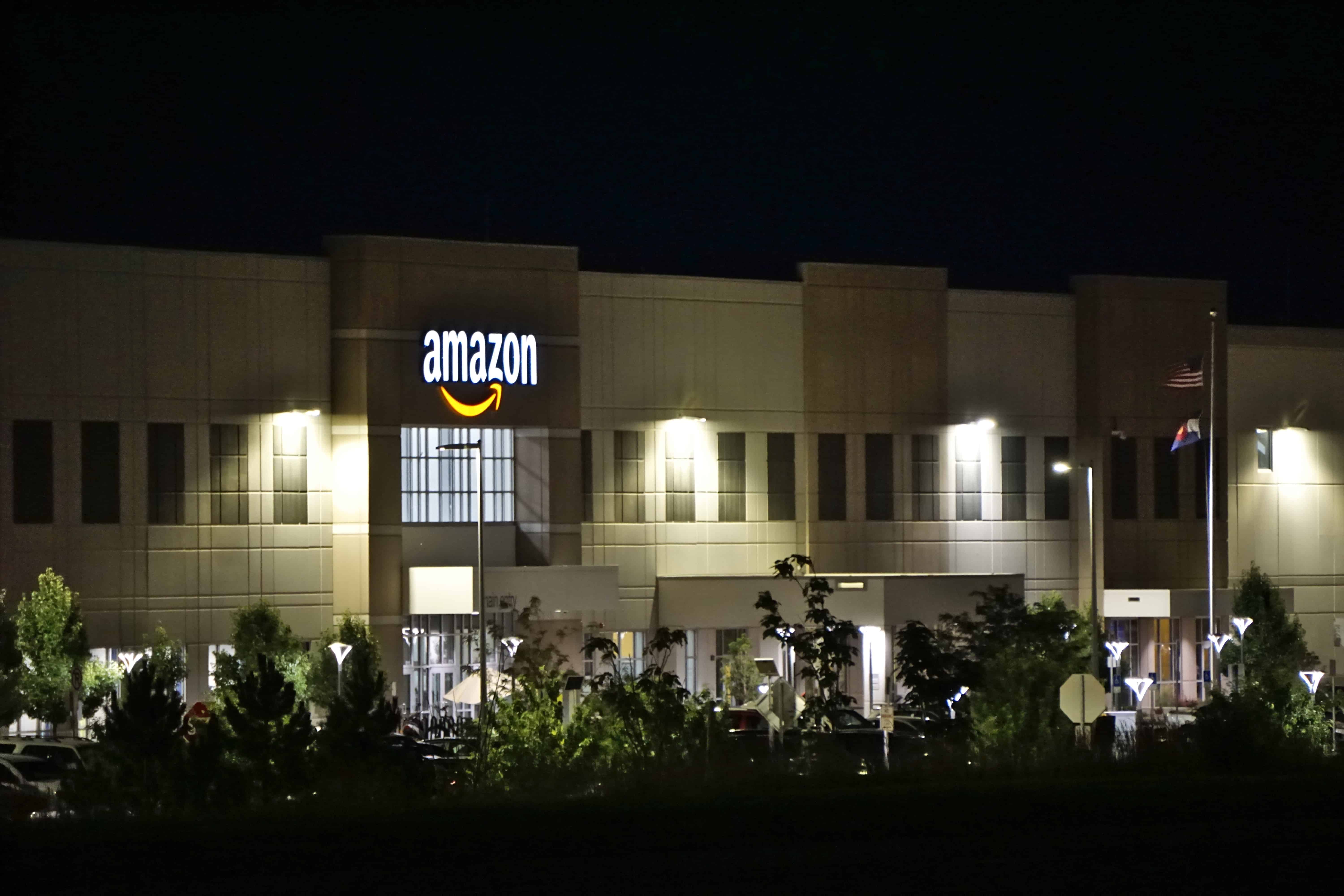Commercial market downbeat but withstanding
Conditions in the commercial property market continued to decline in Q4 2022, according to the latest UK Commercial Property Market survey from the Royal Institution of Chartered Surveyors (RICS).
At the national level, 83% of respondents consider the market to be in downturn, a slight increase from 81% in the previous quarter. All-sector net balance for tenant demand fell to -20% (from -10% in Q3), the weakest such reading since the end of 2020. Noteworthy drops included occupier demand across offices (-29%) and retail premises (-45%).
This downbeat picture was reflected in Scotland, where overall demand dropped for both occupiers (-14%) and investors (-27%). The Scottish retail sector fared badly, with net balances of -44% for occupiers and -68% for investors. Demand for Scottish industrial space proved a rare exception, with occupiers (+41%) and investors (+12%) both recording positive net balances.

Turning point for logistics and prime office shortages
Yields in January 2023 presented ‘a very mixed story’, according to Savills’ most recent Market in Minutes: UK Commercial report.
The latest figures show downward pressure on parts of retail, stability in logistics and softening in prime office yields. In total, the average prime yield rose marginally to 5.68%, the report states, its highest level since 2008.
According to analysts, the stabilisation in prime logistics yields was regarded as the first sign of a pricing plateau. Near record low vacancy rates are expected to become a reality again through 2024 and beyond, experts say, therefore pushing rents higher and creating increased competition for the best space.
A separate report from Colliers notes that new Grade A office properties continued to dominate occupier activity in 2022. In Birmingham, Leeds, Manchester and other key regional cities, average prime rents grew last year, pushed by record levels of demand. Falling Grade A vacancy is set to increase in the years ahead, the report concludes.

Amazon set to shed UK warehouses
Amazon is aiming to rid itself of empty warehouses across the UK, it has been revealed, after the recording its worst annual loss on record.
During the pandemic, the tech giant is estimated to have opened hundreds of warehouses globally, to prepare itself for an expected boom in online spending. Now that demand for online orders has started to dry up, however, Amazon has lost around 30% of its value.
In response, the company is aiming to sublet warehouses acquired during the pandemic surge that it has not yet moved into, experts say. As part of a wider review of its operations, Amazon has already announced it will be closing three warehouses and seven delivery stations in the UK.

It is important to take professional advice before making any decision relating to your personal finances. Information within this document is based on our current understanding and can be subject to change without notice and the accuracy and completeness of the information cannot be guaranteed. It does not provide individual tailored investment advice and is for guidance only. Some rules may vary in different parts of the UK. We cannot assume legal liability for any errors or omissions it might contain. Levels and bases of, and reliefs from, taxation are those currently applying or proposed and are subject to change; their value depends on the individual circumstances of the investor. No part of this document may be reproduced in any manner without prior permission.





